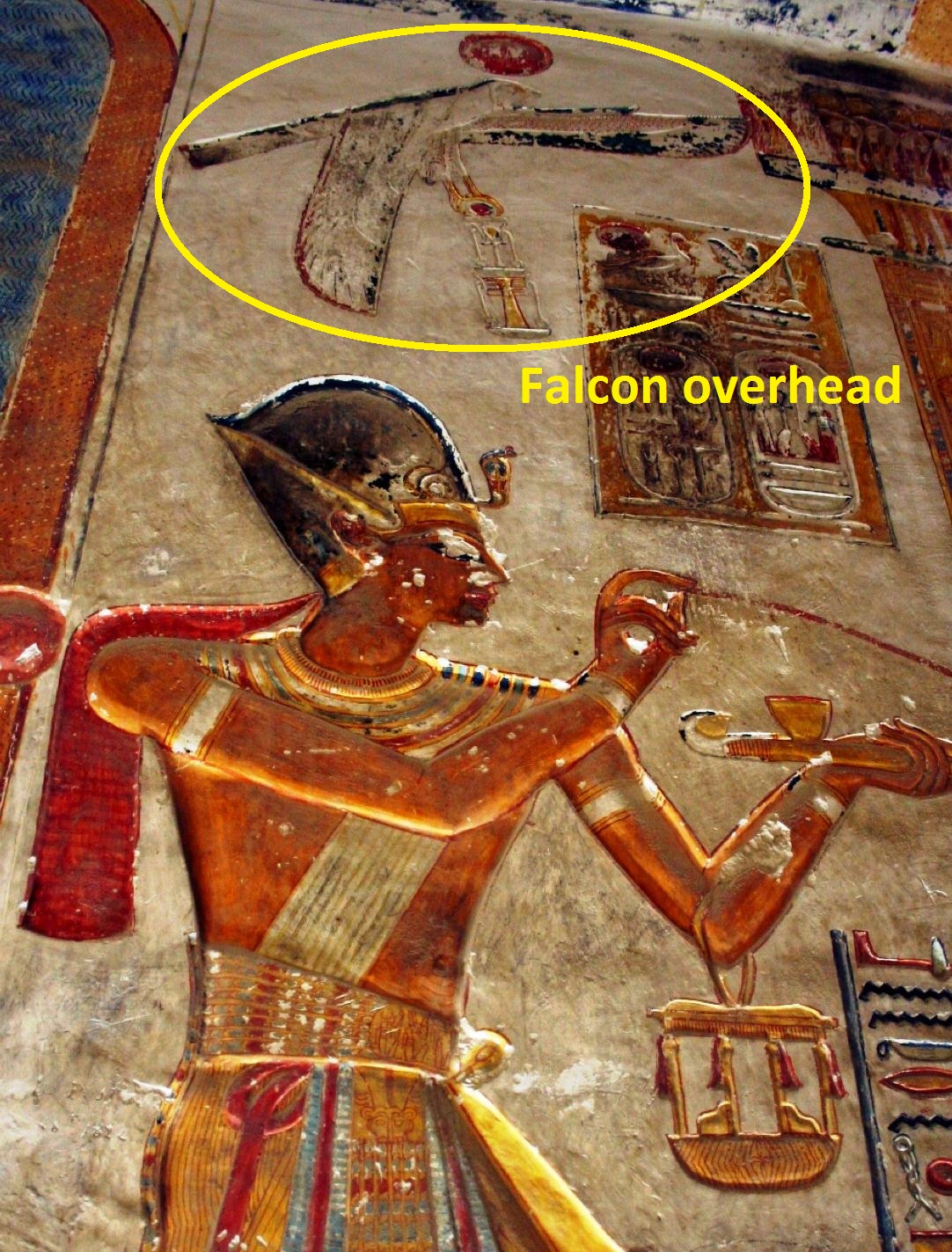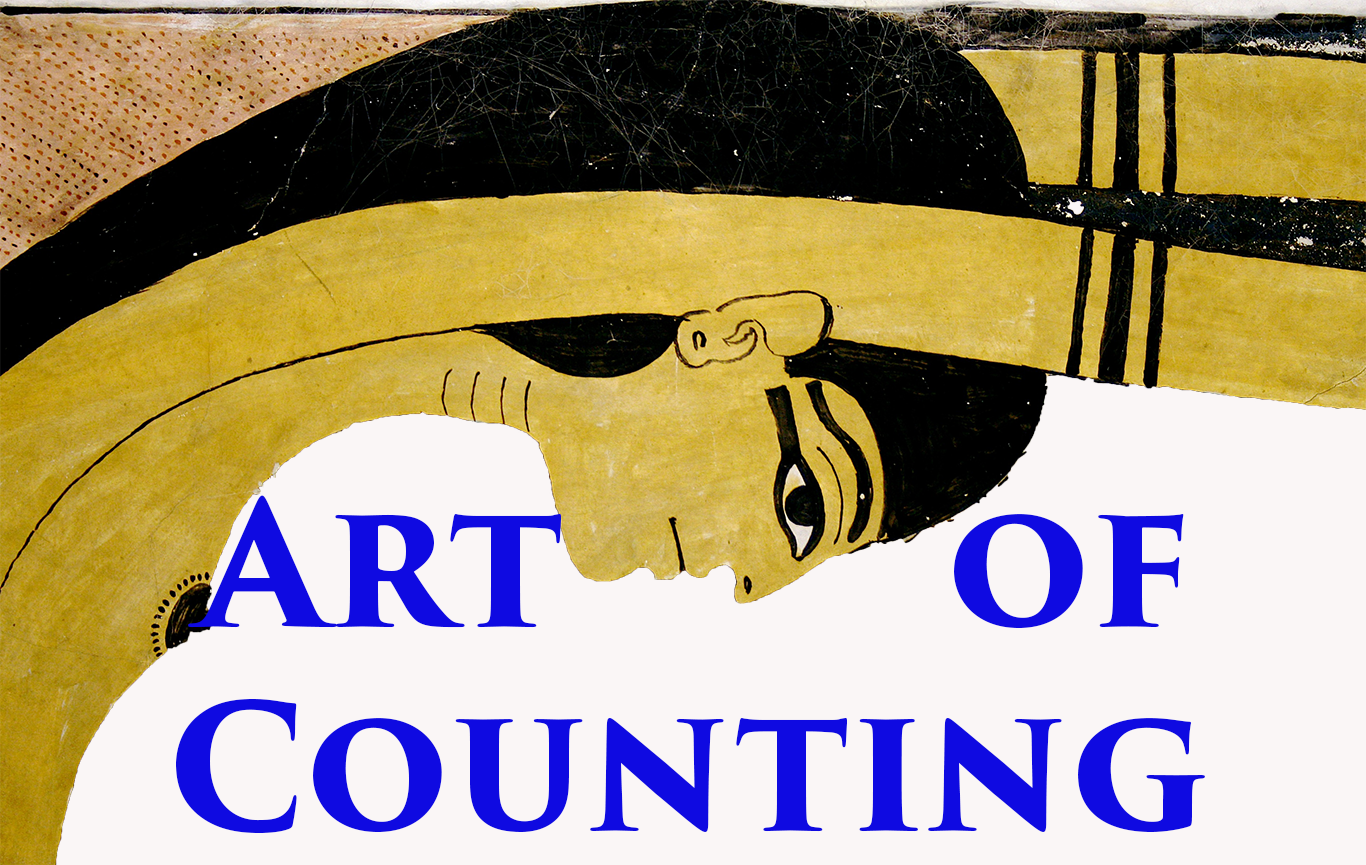by Art of Counting | Variable of the Day
Temple of Ramses III at Medinet Habu NOTE: Bound prisoners, particularly foreign foes, are a common sight in Egyptian temples. They usually appear in the lower courses of the relief or in scenes depicting the successful result of battle. Ethnically distinct...

by Art of Counting | Variable of the Day
Tomb of Ramses III (KV 11) NOTE: Personified emblems, often the ankh, djed pillar, and was scepter, appear first in the Predynastic period (such as on labels of king Narmer) and continue to be used throughout Egyptian history. Usually, these emblems with arms follow...

by Art of Counting | Variable of the Day
Tomb of Ramses VI (KV 9) NOTE: The tail worn by the king is one of the oldest elements of royal regalia. It appears on the Narmer Palette as well as on numerous other Early Dynastic objects (such as this ivory label of Den from Abydos). Usually, it is clearly...

by Art of Counting | Variable of the Day
Temple of Ramses III at Medinet Habu NOTE: These offerings depict the king before a deity presenting various types of bouquets. They imply regeneration and and fecundity. According to the analysis of offering scenes at Medinet Habu, they tend to be presented to...

by Art of Counting | Variable of the Day
Tomb of Ramses VI (KV 9) NOTE: Falcons, like discs and vultures, are often depicted hovering over the kin’g head. They shield pharaoh from harm and also bestow various gifts. In the above instance, the unidentified falcon extends to the king a shen sign...




